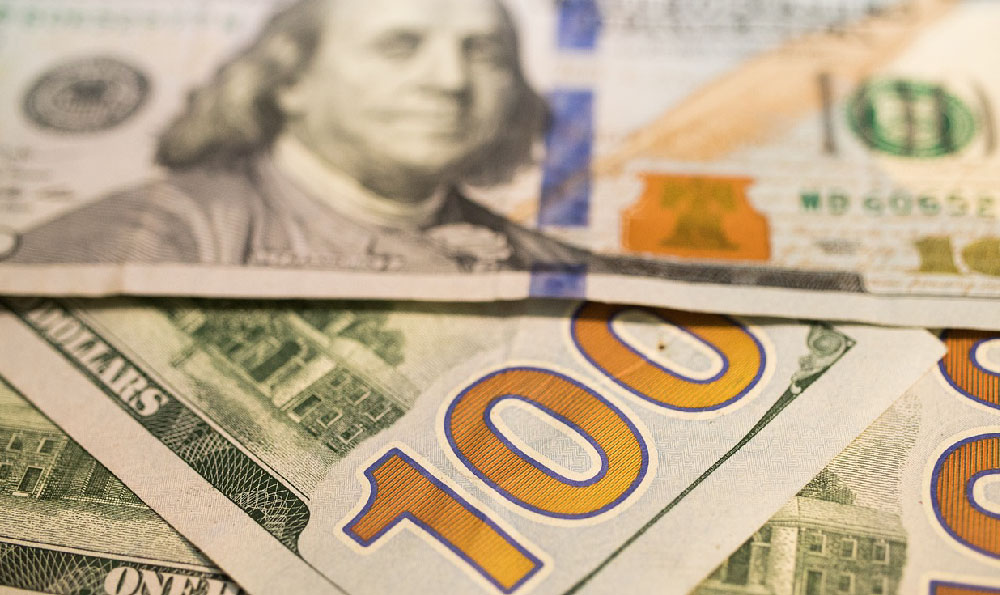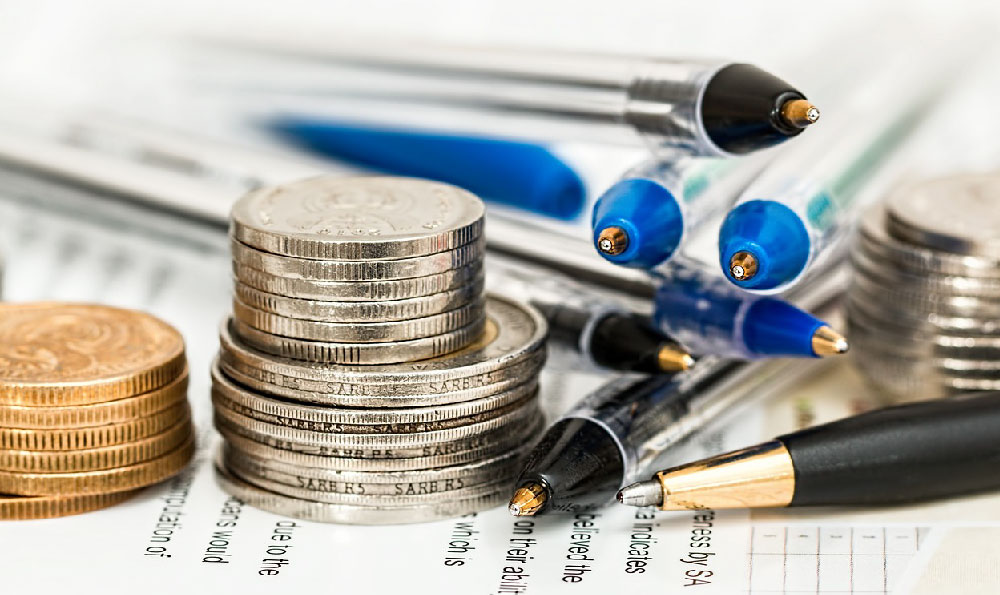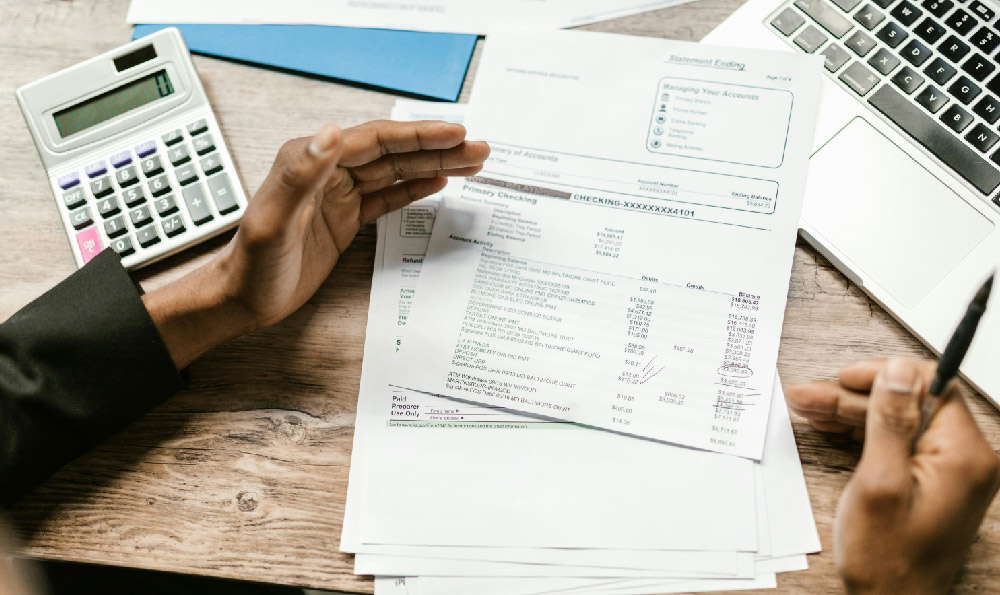How to Create Money Order at Post Office
Creating a money order at the post office is an accessible and secure method for transferring funds, particularly when you seek an alternative to traditional bank checks or electronic transfers. Money orders function as a prepaid payment instrument, akin to a cashier's check, but with distinct advantages in terms of convenience and reliability. Unlike checks, which can be fraudulent or bounced, money orders are guaranteed by the issuing institution, making them a popular choice for transactions where security is paramount. This process involves several key stages, from selecting the appropriate amount to completing the required documentation and submitting the request. Understanding these steps can help you navigate the procedure with confidence and ensure a smooth experience.
The first aspect to consider when creating a money order is the selection of the correct amount. This requires familiarity with the maximum limits set by the postal service in your region. For example, in the United States, the USPS allows money orders up to $1,000 for regular mail, though larger amounts may require additional procedures and verification. It's essential to determine your needs and confirm the postal office's policies before initiating the process. This awareness prevents delays or complications during the final stages of submission, ensuring that the money order meets your financial requirements.
Next, preparing the necessary documentation is crucial for accuracy and compliance. This typically involves filling out a form provided by the postal office, which may be available in physical or digital formats. The form requires details such as the sender's and recipient's personal information, the amount to be sent, and the purpose of the transaction. It’s important to fill out these sections carefully to avoid mistakes that could lead to processing delays. Some postal offices offer assistance from staff, which can be beneficial for those unfamiliar with the process. Additionally, you may need to provide a form of identification, such as a government-issued ID or a passport, to verify your identity and prevent misuse of the service.

Once the form is completed, the process of purchasing the money order involves paying the required fee. The cost varies depending on the intended use and the issuing institution. In some regions, the postal service offers money orders at a flat fee or a rate that depends on the amount transferred. It’s important to understand these fees to avoid unexpected charges. For example, in the UK, the Royal Mail charges a small fee for each money order, which can vary based on the volume and urgency of the transaction. This transparency helps users make informed decisions and avoid financial surprises. The fee is usually paid in cash, but some institutions may allow other payment methods, depending on their policies.
After the payment is processed, the next step involves obtaining the money order. This typically requires the sender's signature and a receipt for the transaction. The money order itself is a certified document that includes the sender's details, the recipient's information, and the amount to be transferred. It’s a physical or digital voucher that can be authorized for use at banks or other financial institutions. The delivery method also plays a role in the process, as the money order can be sent through regular mail or an expedited service. This flexibility allows users to choose the most suitable option based on their needs and urgency.
Finally, understanding the security and convenience of money orders is important. These instruments are particularly useful for individuals who want to send funds without the risk of fraud or bouncing checks. They are also beneficial for those who prefer cash-based transactions but need a secure method for sending money. One of the key advantages of money orders is their guaranteed nature, which provides a sense of security to both the sender and the recipient. Additionally, they can serve as a backup option during financial emergencies, offering a reliable way to transfer funds quickly.
The process of creating a money order at the post office is straightforward, but careful attention to detail is necessary to ensure accuracy and compliance. By following these steps, users can make the most of this service while minimizing potential risks. The procedure is not only practical for everyday transactions but also a viable option for those requiring a secure payment method. Whether for personal or professional use, money orders provide a reliable solution that aligns with the needs of various users. This makes the service an essential tool in the financial landscape, offering an alternative to conventional payment methods while maintaining a high standard of security. With this understanding, users can confidently use the post office to create money orders and benefit from the advantages they provide.















